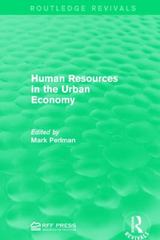Question
Han signed a 3-year contract last year (in 2021) to earn $210 a day for 8 hours of work. Assume Han sleeps 8 hours a
Han signed a 3-year contract last year (in 2021) to earn $210 a day for 8 hours of work. Assume Han sleeps 8 hours a day giving her a total of 16 hours a day she could work. At the time Han signed the contract, she felt her optimal labour hours was to work 8 hours a day. Exactly one year later (in 2022), Han now feels that her optimal labour hours should be less.
(a) Suppose that the price level has increased by 5% from the previous year. draw a graph using leisure and consumption that shows Han's budget constraint based on the real wage rate in 2021 versus 2022. Be sure to include Han's indifference curves for 2021 and 2022 given the contract requires her to work for 8 hours a day. Can we say anything about Han's labour supply curve based on this information?
(b) Suppose the firm has recently had a number of individuals quit due to the rigid 3-year contracts. If the firm offers to pay time and 1/2 (i.e. wage rate 1.5) to Han for any time she works past 8 hours, would Han accept the offer, not accept the offer, or is it impossible to say? Be sure to explain your answer clearly (hint: your answer should reference the income and substitution effect).
please help me with the graph and labour supply curve
Step by Step Solution
There are 3 Steps involved in it
Step: 1

Get Instant Access to Expert-Tailored Solutions
See step-by-step solutions with expert insights and AI powered tools for academic success
Step: 2

Step: 3

Ace Your Homework with AI
Get the answers you need in no time with our AI-driven, step-by-step assistance
Get Started


